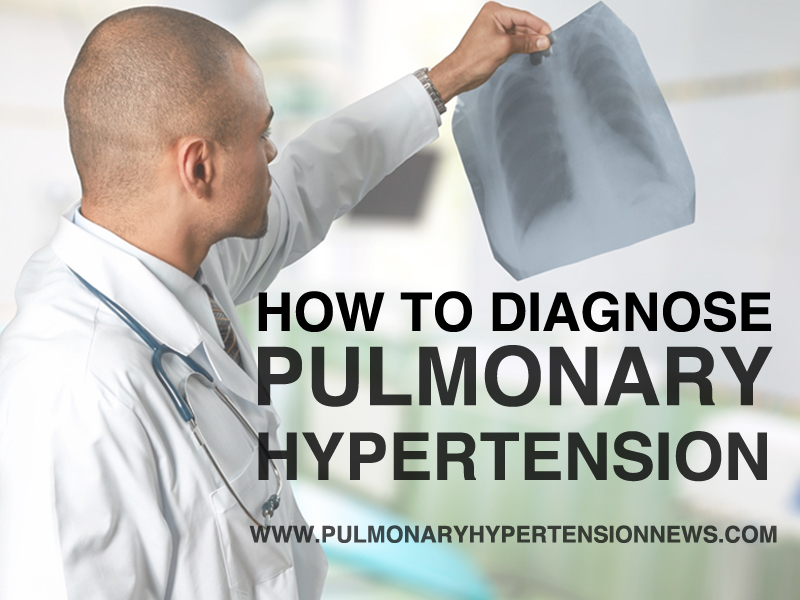Distinguishing PAH and PH May Have Gotten Easier

A new study identifies the hemodynamic variables that distinguish patients with idiopathic pulmonary arterial hypertension (PAH) from those with isolated post-capillary pulmonary hypertension (PH), a finding that will help to diagnose and treat more accurately and effectively patients with these disease subsets. The study, “Hemodynamic thresholds for pre-capillary pulmonary hypertension,” was recently published in the journal Chest.
Pulmonary arterial hypertension (PAH) is a progressive, multifactorial disease characterized by an increase of mean pulmonary arterial pressure (≥25 mmHg) at rest as assessed by right heart catheterization — considered the gold standard for diagnosis — which can lead to right ventricle failure and death. One of the most frequent forms of PAH is the idiopathic PAH (IPAH), a sporadic disease with neither a family history nor identified risk factor.
Different combinations of values of pulmonary wedge pressure, pulmonary vascular resistance, and cardiac output have been proposed to classify pulmonary hypertension. Pulmonary wedge pressure has been used to differentiate pre-capillary (pulmonary wedge pressure ≤15 mmHg) and post-capillary (pulmonary wedge pressure >15 mmHg) pulmonary hypertension.
The research team was able to identify 38 patients with idiopathic PAH and 1,209 with isolated post-capillary PH — among the 4,363 patients undergoing diagnostic right heart catheterization — by using the values of mean pulmonary arterial wedge pressure (mPAWP) and diastolic pulmonary vascular pressure gradient (DPG). The researchers confirmed the threshold value for pulmonary arterial wedge pressure of 12 mmHg, already proposed in previous studies, as the value that distinguished between PAH and isolated post-capillary PH patients, revealing a sensitivity of 99.4% and a specificity of 96.8%, with idiopathic PAH patients having values below this value. The next most accurate parameter was the trans-pulmonary gradient, with a sensitivity of 96.8%, a specificity of 96.7%, and a reference value of 22 mmHg. The accuracy of other parameters, such as pulmonary vascular resistance and mean right atrial pressure, was found to be lower.
Four randomized trials that included 978 patients under prostacyclin treatment have shown that patients with a mPAWP below 12 mmHg had significant improvements in seven hemodynamic parameters relative to those given placebo. In contrast, patients with a higher mPAWP only had enhanced cardiac output but less than in patients with lower mPAWP. Likewise, patients with a DPG above 20 mmHg (chosen to maximize sensitivity) experienced significant hemodynamic improvements in response to active treatment while those with a lower DPG did not.
The research team reported that patients identified as having idiopathic PAH using 12 mmHg as the threshold value for pulmonary arterial wedge pressure may have a good chance of responding to prostacyclin treatment.
Finally, the researchers stressed that their results can only be applied to patients under prostacyclin therapy and have to be validated for other “PAH-targeted therapies.”







